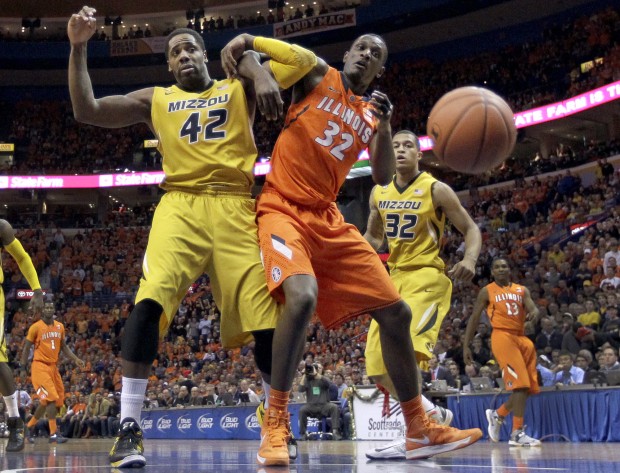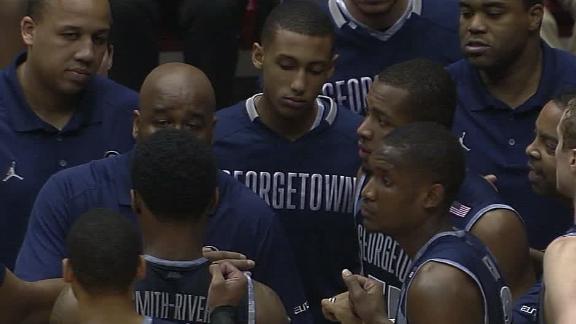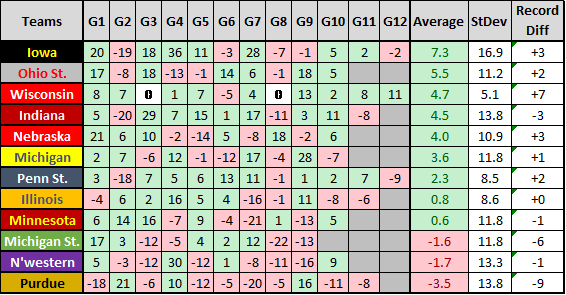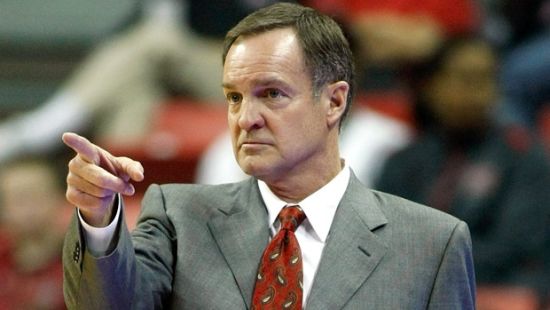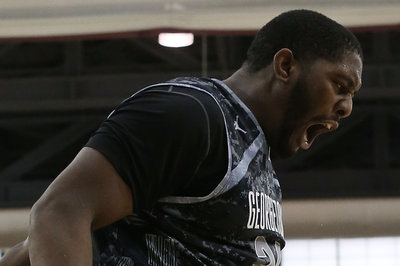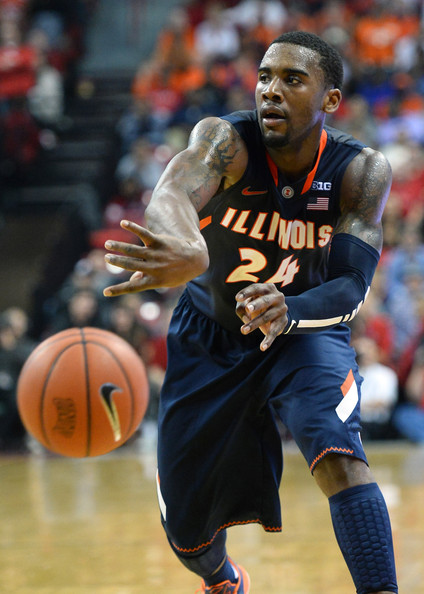Mitch McGary Out Indefinitely and What It Means For Michigan
Posted by Alex Moscoso (@AlexPMoscoso) on December 28th, 2013Some bad news came out of Ann Arbor on Friday night. Sophomore big man Mitch McGary has elected to have surgery on his lower back and is out indefinitely for the Wolverines. McGary has been dealing with this nagging injury since late summer and has, up until now, played through the pain. Thus far this season, McGary has not looked like the player he did in last March’s tournament (averaging 14.3 PPG and 10.7 RPG) and has fallen short of expectations this season (averaging 9.5 PPG and 8.3 RPG). Apparently, the McGary family decided collectively over the holidays that, in order for McGary to reach his full potential, his previously unaddressed injury needed immediate attention. So, they opted for the surgery. This decision affects Michigan as a team, and McGary as an individual player, in both the short- and long-term.

Mitch McGary’s decision for surgery leaves a lot of uncertainty for the Wolverines’ season expectations. (Getty Images).
For Michigan as a team, this is obviously a major setback. When healthy, McGary is probably the most talented frontcourt player in the Big Ten. Michigan, ranked #7 in the Preseason AP poll, has had four losses already and were dropped out of the Top 25 earlier this month. Despite the slow start, the Wolverines were still thought of as legitimate Big Ten contenders. The best case scenario for them would have been McGary and Glenn Robinson III eventually growing into their bigger roles (since the departure of Trey Burke). Then by March, John Beilien and his squad would have put it all together. With McGary gone, they lose their only legitimate inside scoring threat which will put more attention and pressure on the perimeter players. Beilien’s job of getting this team to gel just got significantly more difficult.





























